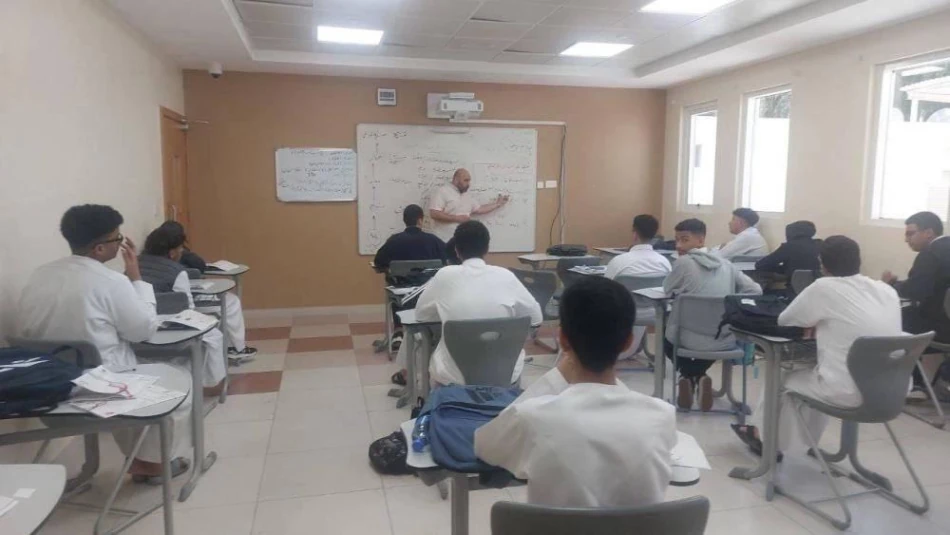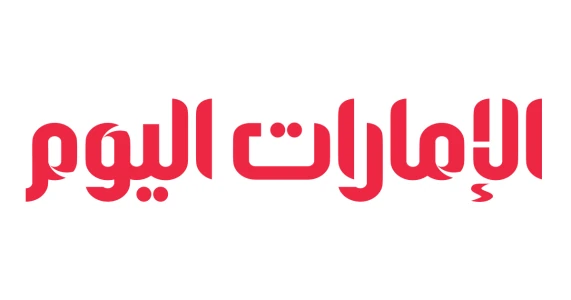
Education Ministry Sets 4 Criteria to Assess Exam Grading and Report Results
UAE Education Ministry Cracks Down on Grade Inflation with New Four-Tier Accountability System
The UAE's Ministry of Education has introduced a sophisticated new framework to combat grade inflation and manipulation in schools, establishing four distinct risk levels to identify suspicious grading patterns. The move reflects growing concerns about academic integrity and aims to restore public confidence in the country's educational assessment system through enhanced monitoring and accountability measures.
A Data-Driven Approach to Academic Integrity
The ministry's new student evaluation policy guide outlines a comprehensive system that uses statistical analysis to flag potential grade manipulation. The framework specifically targets irregularities in School-based Summative Assessment (SSA) and Project-Based Learning and Assessment (PBLA), two critical components of the UAE's educational evaluation system.
This systematic approach represents a significant shift from traditional oversight methods, leveraging data analytics to identify patterns that human reviewers might miss. The ministry will conduct regular centralized analytical studies of student results, creating a continuous monitoring system rather than relying on periodic audits.
The Four-Tier Risk Classification System
Low Risk: Natural Grade Distribution
Schools fall into this category when student grades show clear differentiation with only limited concerns about grade distribution. This represents the ideal scenario where assessment results reflect genuine academic performance variations.
Medium Risk: Elevated Success Rates
This level triggers when 80-90% of students in a class achieve high grades, with approximately half or more of students showing limited differentiation in performance. Such patterns suggest possible grade inflation but may also indicate effective teaching or curriculum alignment.
High Risk: Minimal Performance Variation
Schools reach this classification when 70-89.9% of students achieve grades above 80%, with virtually no differentiation between student performance levels. This statistical anomaly strongly suggests systematic grade manipulation.
Critical Risk: Uniform High Performance
The most severe category applies when 90% or more students achieve exceptionally high results with complete absence of performance variation. Such uniformity is statistically improbable in genuine academic settings and indicates serious assessment integrity violations.
Enforcement Mechanisms and Consequences
The ministry has established clear intervention protocols for each risk level, including intensive field visits and periodic reviews of school performance reports. Schools identified at high or critical risk levels face immediate referral to the Human Capital Department for investigation under the anti-cheating and examination system violation guidelines.
Professional development programs will be mandatory for school leadership and teachers to ensure proper understanding and implementation of assessment policies. The ministry emphasizes that administrative penalties will be proportionate to violation severity, creating a deterrent effect while providing opportunities for improvement.
Regional Context and Global Trends
The UAE's initiative aligns with broader regional efforts to enhance educational credibility. Similar concerns about grade inflation have emerged across the Gulf Cooperation Council countries, where rapid educational expansion sometimes outpaced quality control mechanisms.
This data-driven approach mirrors successful anti-fraud systems in countries like Singapore and South Korea, where statistical analysis has proven effective in maintaining academic standards. The UAE's emphasis on transparency and systematic monitoring could serve as a model for other developing education systems facing similar challenges.
Implications for Stakeholders
For students and parents, this system promises more reliable academic credentials and fairer competition for university admissions and scholarships. Educational institutions will need to invest in proper training and assessment tools to meet the new standards.
The private education sector, which comprises a significant portion of UAE schools, may face particular scrutiny given market pressures to demonstrate high success rates. This could drive consolidation among providers and increase demand for robust assessment training and systems.
International universities and employers recruiting UAE graduates should view this initiative positively, as it addresses longstanding concerns about credential reliability and academic standards in the region's rapidly expanding education sector.
 Omar Rahman
Omar Rahman







